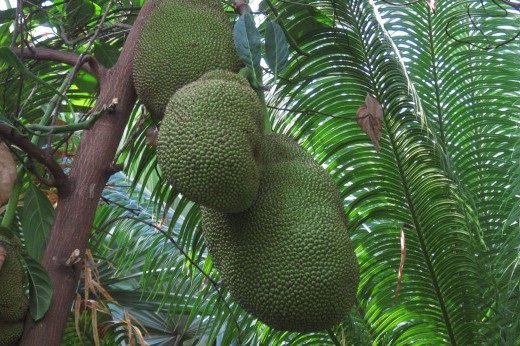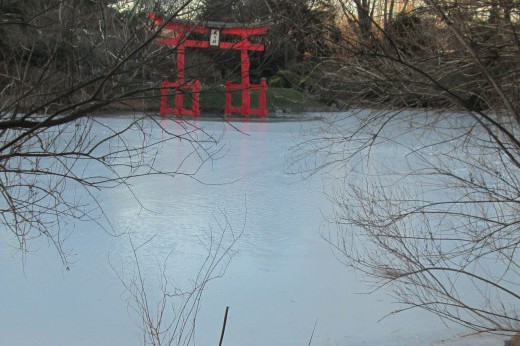It might seem surprising, but the plants pictured below are all part of the same family, the Euphorbiacae (euphorbia, or spurge, family). This large and diverse family is the subject of the display in the Entry House of the Steinhardt Conservatory this month.
Perhaps the best-known member of the family is the poinsettia (Euphorbia pulcherrima), native to Mexico and Guatemala and a holiday favorite in North America. But there is great variation in form among the 7,000 species in the family. The specimens highlighted now at the Garden include flowering trees, spiky succulents, and many lovely poinsettia cultivars.
"Poinsettias are your ubiquitous holiday plant, but I wanted to challenge people to look at them closely and realize that they are part of this large plant family with so many disparate members," says Caitlin Daley, curator of the Entry House and Desert Pavilion.
The family also includes the Brazilian rubber tree (Hevea brasiliensis), crown of thorns (Euphorbia milii), castor bean (Ricinus communis), and croton (Codiaeum variegatum var. pictum).
The Garden’s two Euphorbia kalisana specimens are also on display. BBG became caretaker of these plants after they were seized in customs earlier this year at John F. Kennedy Airport. Under CITES (Convention on International Trade in Endangered Species in Wild Flora and Fauna), this species is listed as subject to trade control.
This euphorbia is native to dry, bushland regions of northern Kenya and southern Ethiopia. In Swahili, kalisana translates as “very fierce or sharp,” a reference to its formidable, inch-long spines. Come see this fascinating plant and a few of its relatives soon.



